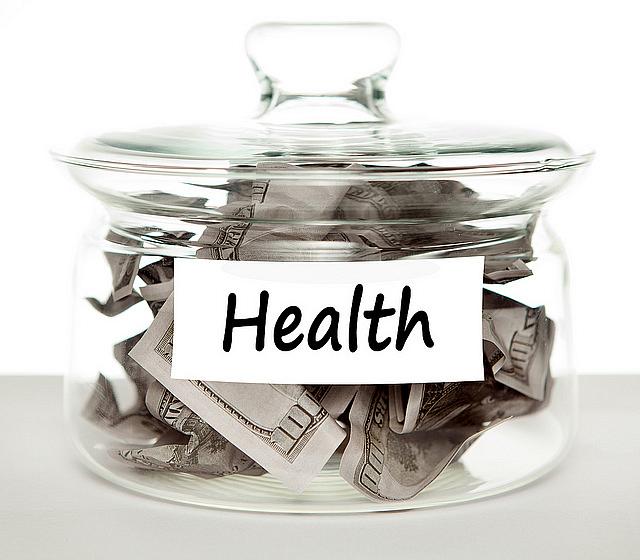Health care prices are more transparent, but patients might not be using the data

Patients and health care journalists have long called for greater transparency in the prices of health care, and several companies now provide that information for free. Clearhealthcosts.com, started by Jeanne Pinder, a former New York Times reporter, has built a searchable database of dozens of tests, procedures, and treatments and the prices charged by particular providers in selected metropolitan areas. Healthcare Blue Book and Fair Health are national databases of thousands of health services and procedures, with their prices searchable by zip code. Health insurers have begun providing similar online resources.
But do patients use this information? Two recent surveys found different answers. The Kaiser Health Tracking Poll in April, a random sample of 1,506 adults, found that only 6 percent had seen information on the prices of doctors and hospital stays in the previous year and that only 3 percent had used it before seeing a doctor and 2 percent before a checking into a hospital. But Public Agenda, in a survey of more than 2,000 adults, reported in March that 56 percent “actively looked” for health care price information before getting care, “including 21 percent who have compared prices across multiple providers.”
It’s hard to know what to make of these divergent findings. Any number of variables could have influenced the results, including the specific questions asked and different methodologies. In any case, the surveys revealed interesting details and insights about the nascent attempts at transparency in health care prices and their utility in turning patients into well-informed health care consumers.
Here’s what Drew Altman, president and chief executive of the Kaiser Family Foundation, wrote in the Wall Street Journal to explain Kaiser’s finding that few people use transparency data:
There are many reasons consumers might not use comparative quality or price information. . . . Reputation and location may still dominate choice of providers. People may have established relationships with doctors and hospitals and may be less or uninterested in quality and price information, especially when a medical crisis calls for urgent decision-making. Some people are not online or are too busy working to compare data. Language barriers may impede some consumers. And pretty much everyone in the health-care sector agrees that the ‘state of the art’ in the development of rigorous and reliable quality and price information has a long way to go.
This is not to say that attempts at transparency of health care price information are for naught. Altman concluded that “as cost-sharing grows so will the need for more useful information for consumers on provider quality and prices.”
The Public Agenda survey went wider and deeper. Like other research, it linked price transparency with cost savings. “Those who have compared prices say doing so has affected their choices and saved them money,” the report said. It also revealed which medical interventions and services people were most interested in finding prices of and what sources they used. Specifically:
- 40 percent said they tried to get price information about medical tests.
- 38 percent sought out-of-pocket prices before seeing specialists.
- 37 percent sought out-of-pocket prices before seeing primary care physicians.
- 25 percent sought out-of-pocket prices before a hospital stay.
How did people get this information? They asked friends, relatives, colleagues; receptionists and other staff in doctors’ offices, and their insurance companies. Only 17 percent said that they had used one of the other health care price transparency resources.
Both surveys agreed on two points. One of them is that for all the recent initiatives to increase the transparency of health care prices, this information is hard to find. Sixty-four percent of respondents told Kaiser that they didn’t know where to go for it. Public Agenda has several recommendations, including strengthening “the capacity of providers, staff, and insurance company personnel to discuss prices” and increasing “outreach and education about reliable sources of price information.”
The other point is that we also need more transparency about the quality of health care. Public Agenda found that most respondents did not assume that higher prices meant better quality of care or vice versa. That that message has gotten through is progress. For patients to be truly informed health care consumers, they need to consider price and quality before deciding which doctor to see for a consultation or where to have an MRI.
Photo by tax credits via Flickr.

